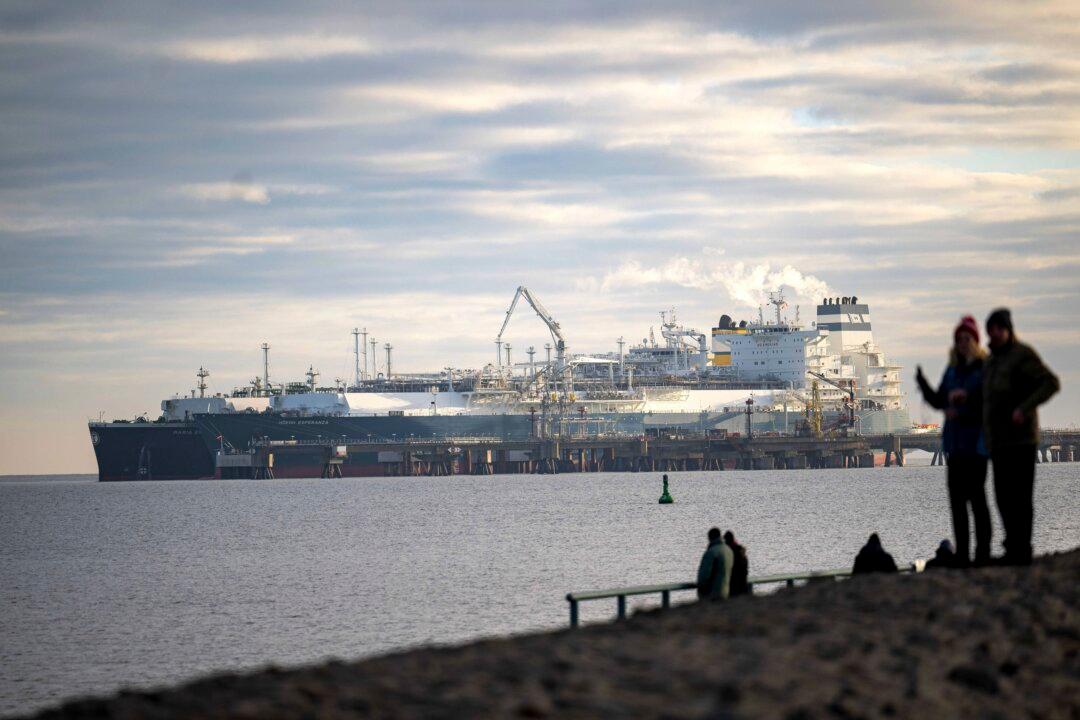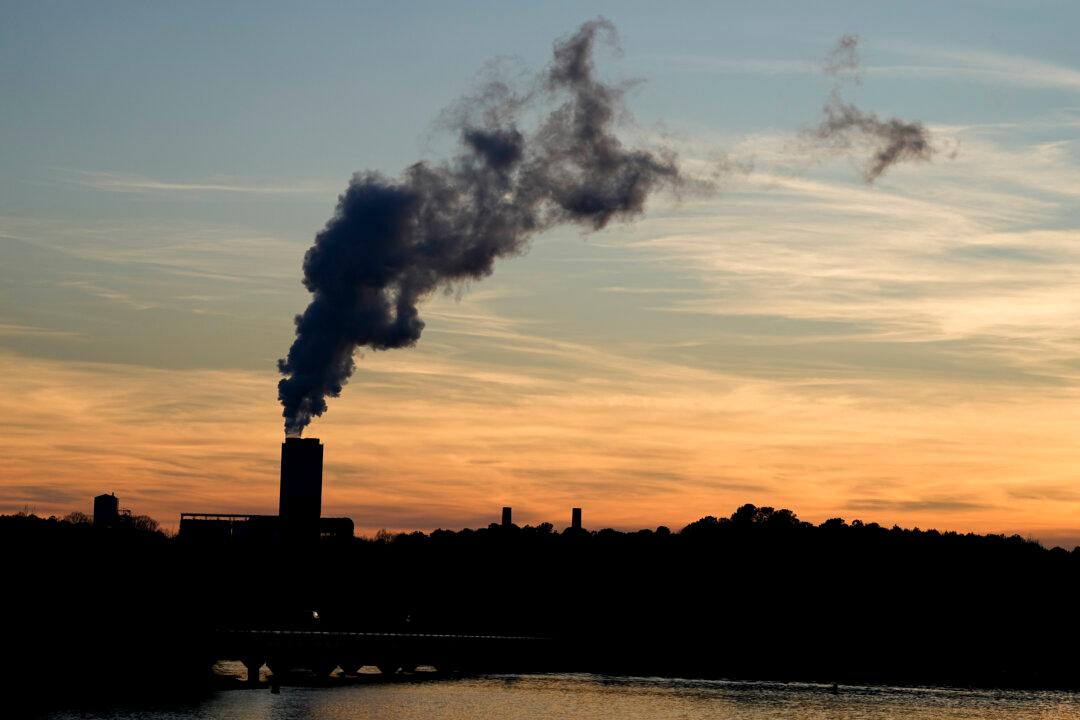A record amount of LNG is currently being idled at sea near Europe as demand in the region has apparently cooled down while supplies remain ample.
More than 3.4 million metric tons of LNG have stayed aboard ships on the water for more than 20 days as of earlier this week, according to data compiled by Bloomberg. This is the highest level for this time of the year per data going back to 2017. It is also close to the all-time hit in late May 2020 when the pandemic frenzy triggered a collapse in energy demand.





